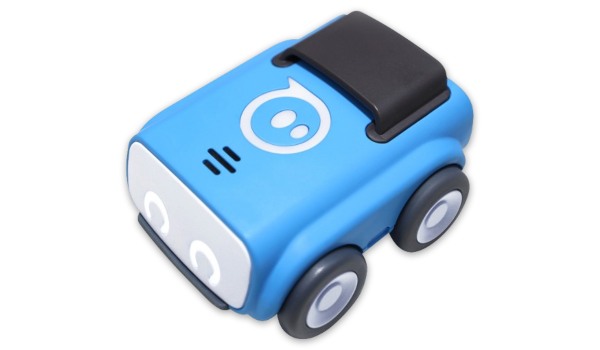Year Level: 3-8
Duration: 1 hour
Number of students: 25
Resources Needed
• Sphero Indi robots (enough for group work)
• Coding mats with composting-related items (e.g., food scraps, leaves, water, air)
• Whiteboard and markers
Curriculum Objective
Technology—Computational Thinking for Digital Technologies: Students will develop and debug simple programs to solve a problem using Sphero Indi.
Science - Living World: Students will understand the basic requirements for composting and the role of microbes in breaking down organic matter.
Lesson Objective: Students will use Sphero Indi to navigate a coding mat and capture items required to keep microbes happy for composting.
They will enhance their understanding of composting, the role of microbes, and coding fundamentals.

Lesson Steps
1. Introduction (10 minutes)
• Introduction to Composting: Briefly explain composting and the role of microbes. Discuss what items are needed to keep microbes happy (e.g., greens, browns, water, air).
2. Activity Instructions (10 minutes)
• Explain the Task: Students will use Sphero Indi to navigate a coding mat and collect all the items needed for composting.
• Demonstration: Show how to use Sphero Indi and the coding mat. Demonstrate coding a simple path to collect one item.
3. Group Work (30 minutes)
• Form Groups: Divide the class into small groups (ideally 4-5 students per group).
• Coding Challenge: Each group will program their Sphero Indi to capture all composting items on the mat.
• Debugging: Encourage students to test and debug their programs as needed.
4. Conclusion (10 minutes)
• Group Presentations: Each group presents their coded path and explains how they collected the composting items.
• Discussion: Reflect on what worked well and what challenges were faced. Discuss the importance of each composting item.
• Wrap-up: End with a brief review.